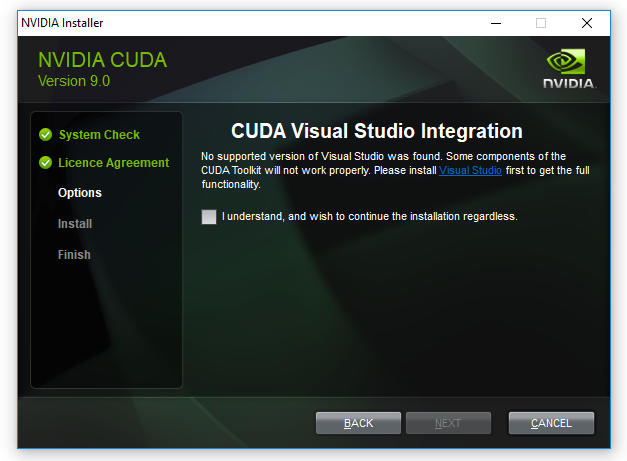

Support host page-locked memory mapping: Yesĭevice supports Unified Addressing (UVA): Yes Max dimension size of a grid size (x,y,z): (2147483647, 65535, 65535)Ĭoncurrent copy and kernel execution: Yes with 6 copy engine(s) Max dimension size of a thread block (x,y,z): (1024, 1024, 64) Maximum number of threads per block: 1024 Maximum number of threads per multiprocessor: 1536 Total number of registers available per block: 65536 Total shared memory per multiprocessor: 102400 bytes Total amount of shared memory per block: 49152 bytes Total amount of constant memory: 65536 bytes Maximum Layered 1D Texture Size, (num) layers 1D=(32768), 2048 layers (082) Multiprocessors, (128) CUDA Cores/MP: 10496 CUDA Cores Total amount of global memory: 24576 MBytes (25769279488 bytes) deviceQuery Starting.ĬUDA Device Query (Runtime API) version (CUDART static linking)ĬUDA Driver Version / Runtime Version 11.7 / 11.7ĬUDA Capability Major/Minor version number: 8.6 Sudo apt install -y software-properties-commonĬd ~/Dev/cuda-samples/Samples/1_Utilities/deviceQuery We are going to install custom cuda drivers instead of the ones provided by the usual packages. Install the custom CUDA drivers Source: CUDA toolkit documentation (Nvidia docs), Installer for debian Update WSL2 Source: Run Linux GUI apps on the Windows Subsystem for Linux (Microsoft docs) GPU drivers installed on Windows ( find your own) Windows 10 version > 21H2 (check out in: About -> Version) If you use ubuntu there is a nice guide here.
#Nvidia cuda toolkit for debian how to#
This post aims to centralize the information on how to use your Nvidia GPUs on debian using WSL2 in order to train and run your AI/ML models. 2 min read Photo by Dimitris Chapsoulas / Unsplash.


 0 kommentar(er)
0 kommentar(er)
